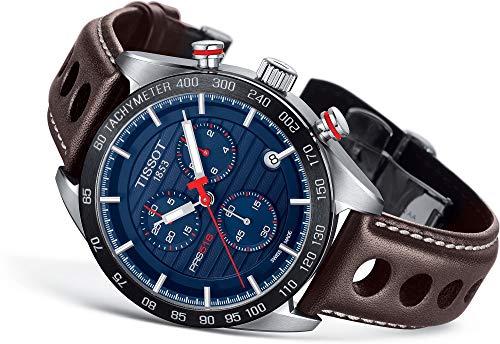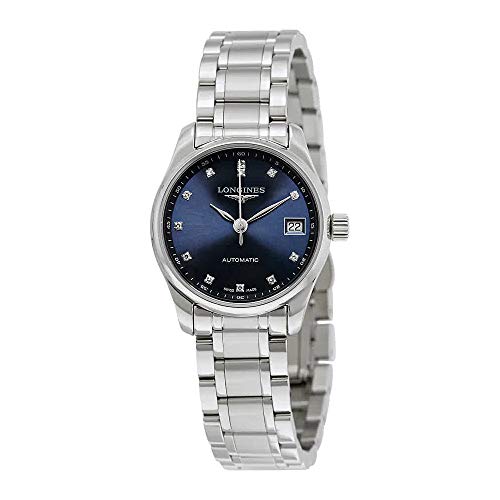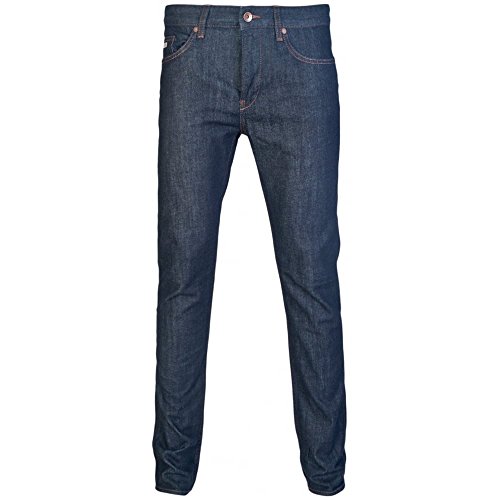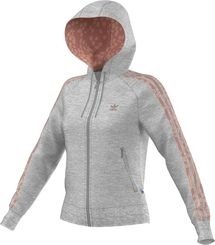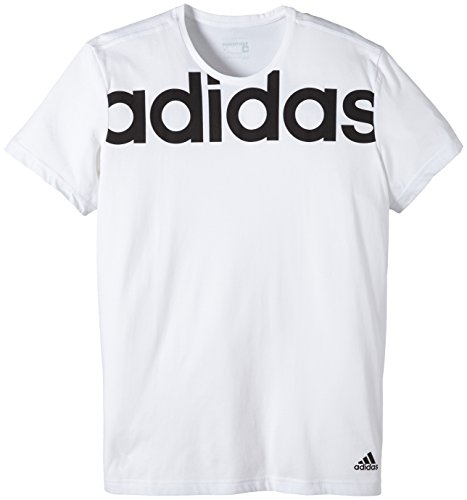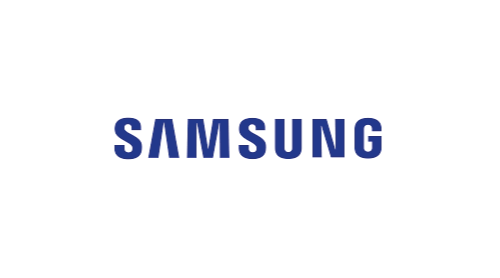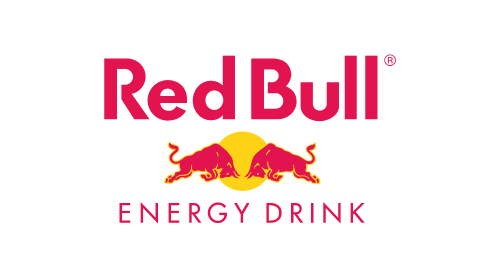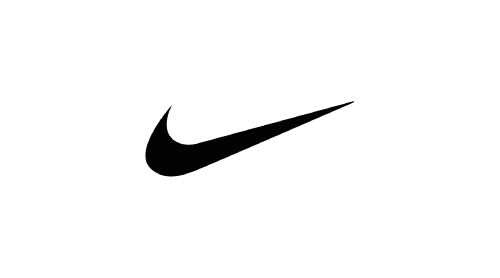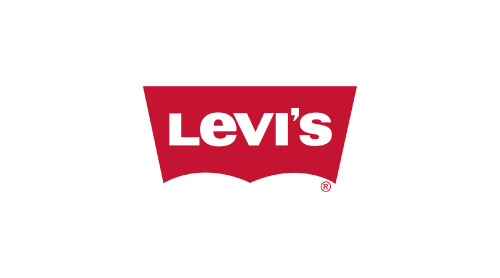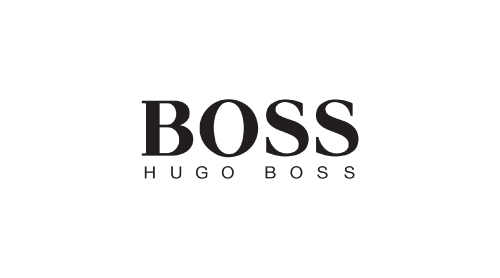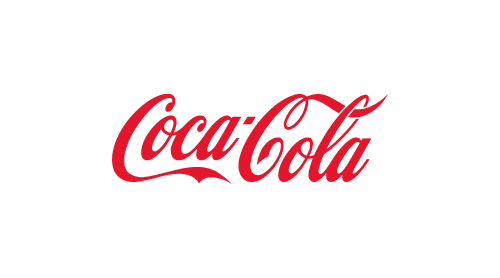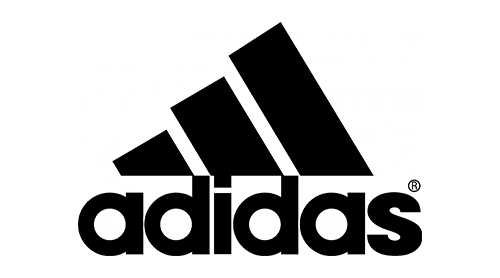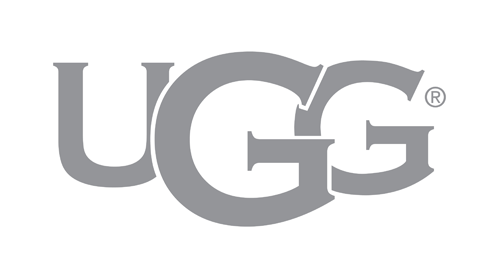GoPro Inc. is the most recognisable extreme sports camera manufacturer in the world – but they actually had very humble beginnings. Wholesale Scout looks at how the company climbed to the top of their market.
Nick Woodman created the company back in 2002 after initially having the idea for GoPro in 2001. As an avid surfer Woodman wanted to capture images of himself and his friends surfing but realised that amateur photographers couldn’t get close enough to capture good photos and that the equipment that could capture such images was too expensive to purchase. Woodman subsequently came up with the idea of a wrist strap that could attach a camera to the wrist whilst surfing or taking part in another extreme sport. He raised funds to start his business by selling belts made from sea shells and beads out of the back of his VW campervan, each belt selling for $20 each. But in 2002 Woodman tested out his wrist strap designs on a surfing trip with friends and soon realised that in order to capture shots on the water, he would have to design his own camera and waterproof housing in addition to his strap. This is, effectively, where the idea for GoPro came from.
In 2003 he formed the company, Woodman Labs, and in 2004 the first ever GoPro was sold. In the early days the company started out by selling Chinese manufactured 35mm cameras that could capture images on film. The original cameras had a retail price of around $30 and cost only $3 each to manufacture. A few years on and GoPro was fast becoming known as the camera to use for surfers and the brand began to expand even further into the sports market.
In 2006 the first digital GoPro camera was released. The model could shoot up to 10 seconds worth of video at a time, shooting in VGA without audio. A year later, the Digital Hero 3 was released which was the first GoPro camera to film with both audio and sound.
As the company progressed the cameras became even more high tech and every release saw a new camera become smaller, lighter and have better specifications. Noticeable developments included wide angle lenses, which were installed on the Digital Hero 5 release, and enabled users to shoot panoramic shots – which the Go Pro is so well-known for today. In 2008 Go Pro began to market itself as a mountable camera – allowing people to mount the cameras to a number of surfaces like a surfboard or ski pole and in 2010 the cameras started to film in HD quality. A year later the company received a substancial investment from various companies and began to branch out into further extreme sports. Today the cameras are used by surfers, racing drivers, skiers, snowboarders and cyclists to name but a few. After an impressive year of growth following investment, GoPro ended 2012 with sales of over $521 million.
Today the company has firmly cemented itself as the ultimate extreme sports camera brand. The company continues to develop and manufacture new cameras and has also manufactured a number of accessories to improve user experiences – including a head strap, chest strap mount and a telescopic monopod.
He started out selling belts for $20 but now Nicholas Woodman is worth an estimated $1 billion – not bad for an idea spawned from a surfing trip!
